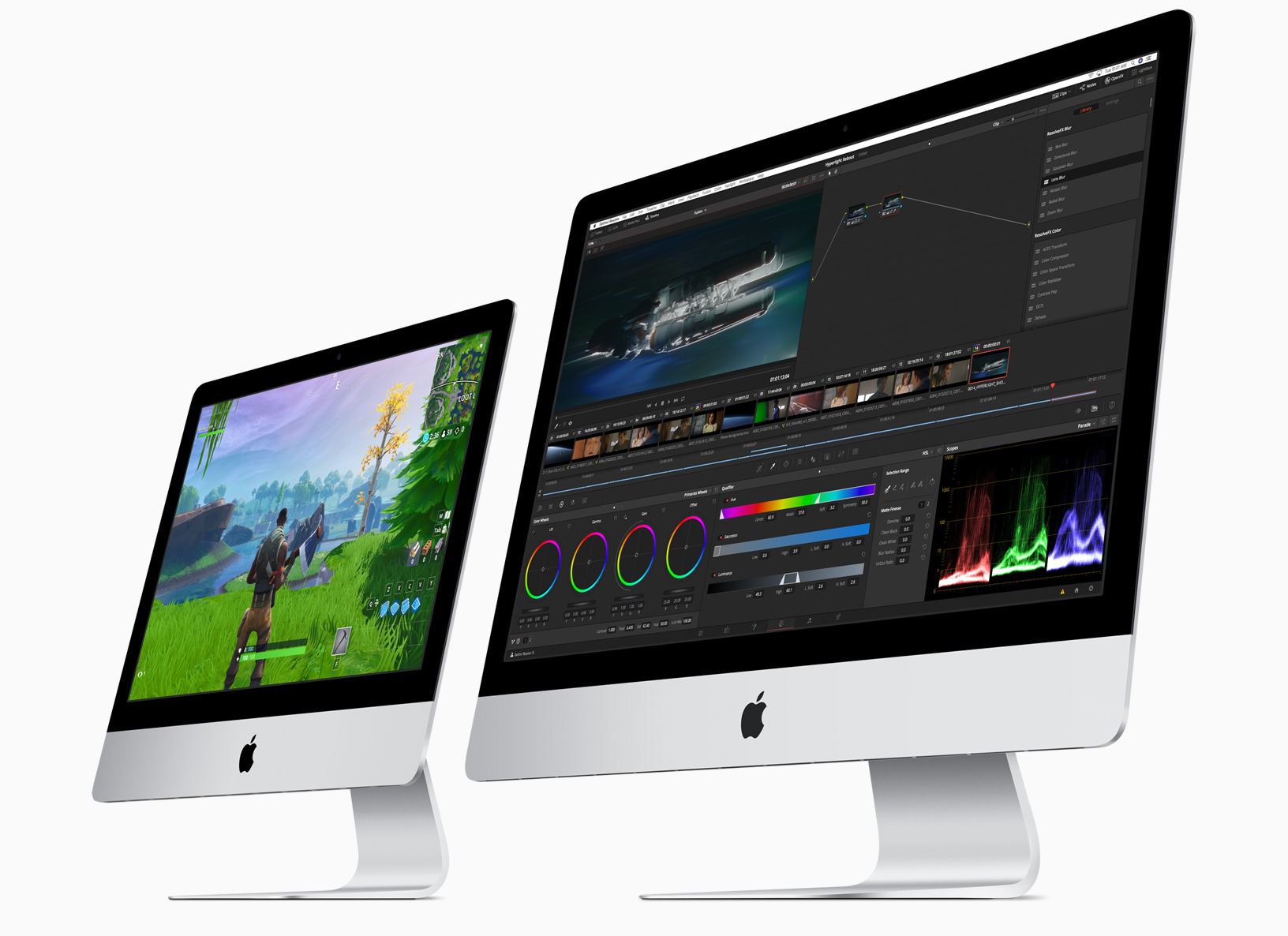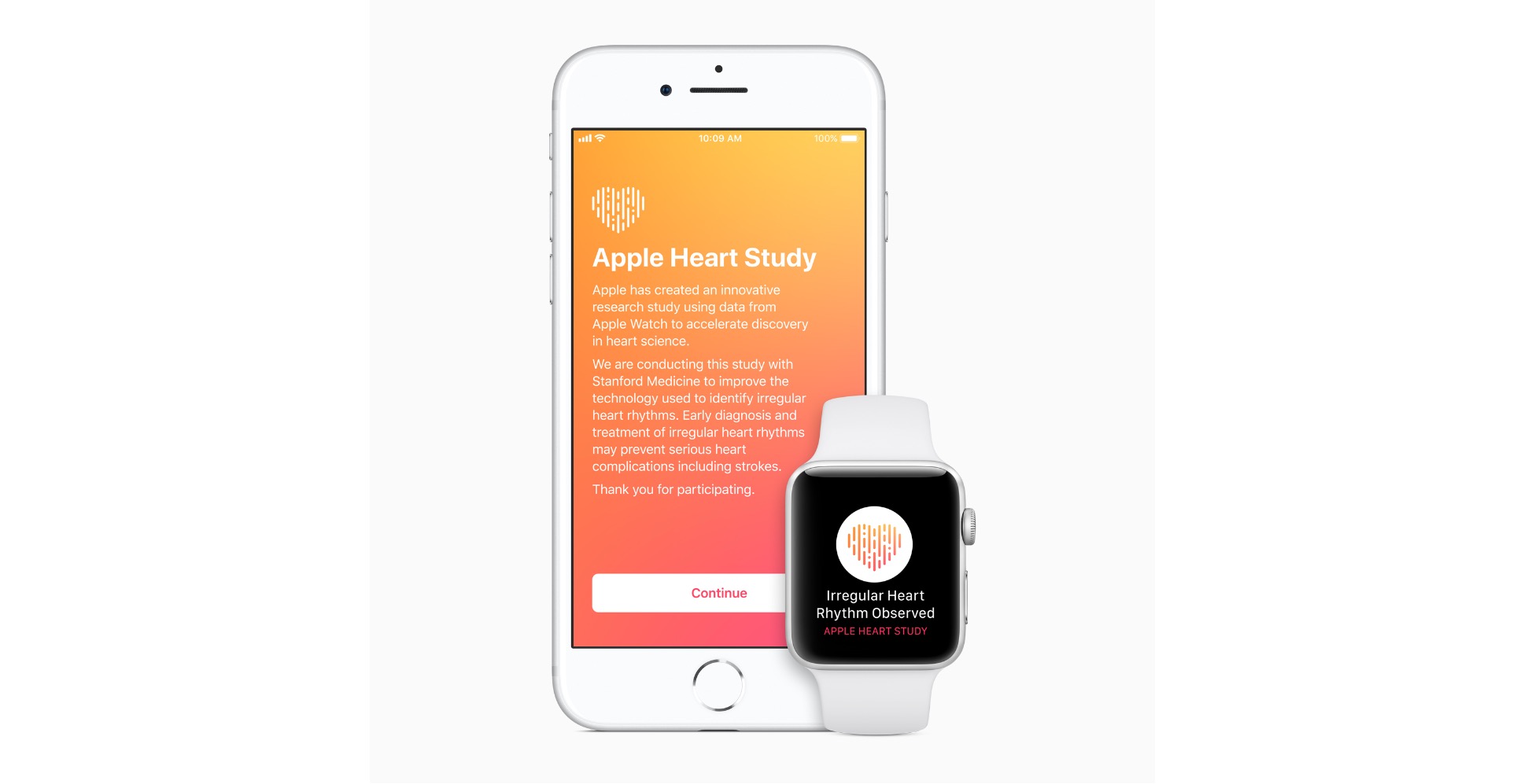Instagram has announced a new in-app checkout feature that will allow consumers to purchase items from brands they follow from within the app.
In a press release, Instagram explains that when you tap on a product from a participating brand, you’ll see a new ‘Checkout on Instagram’ button that displays options like colors and size when tapped. After any necessary selections are made, the app advances to a payment view where you enter billing and shipping information.
You’ll only need to enter billing and shipping information once. Instagram says it will store that information securely to make future checkouts faster. The new feature also tracks the progress of shipments from within the app itself providing alerts about status changes.
The advantage to Instagram and retailers is obvious. It will be easier for brands to make a sale if users don’t have to leave the Instagram app, which, of course, is in Instagram’s interest too. Currently, Instagram lists 23 brand-partners including companies like Nike, Prada, Zara, Michael Kors, H&M, Adidas, Burberry, Dior, and Warby Parker.
Instagram says the checkout feature is currently in closed beta and limited to the US Instagram users. The company hasn’t provided a launch date or indicated when it might be available in more countries.












